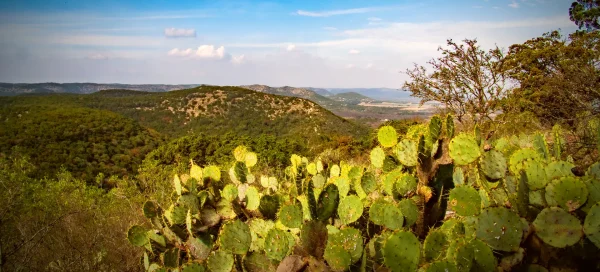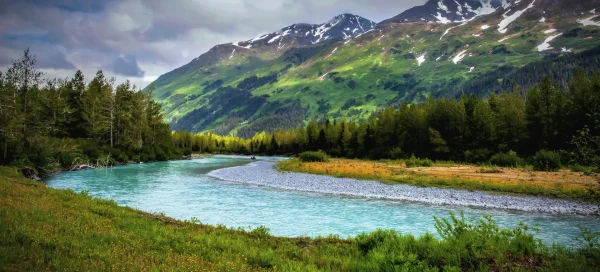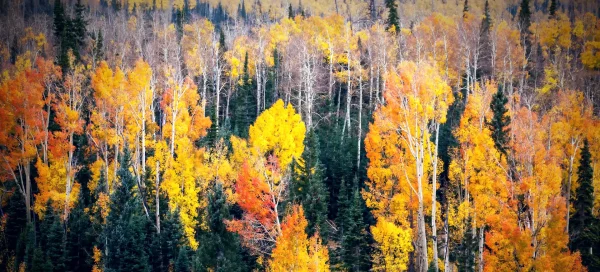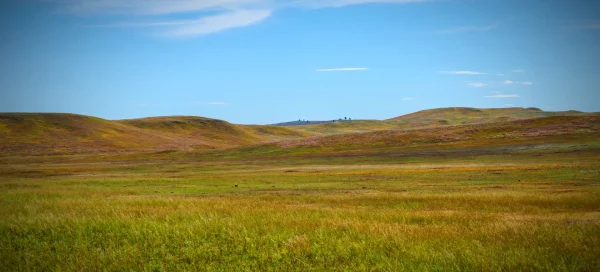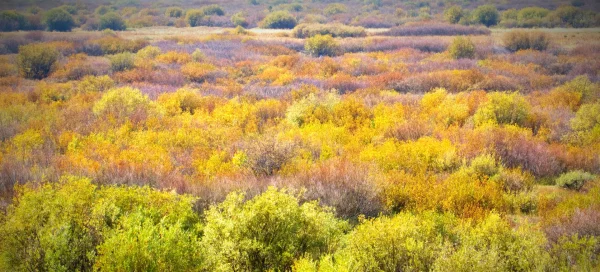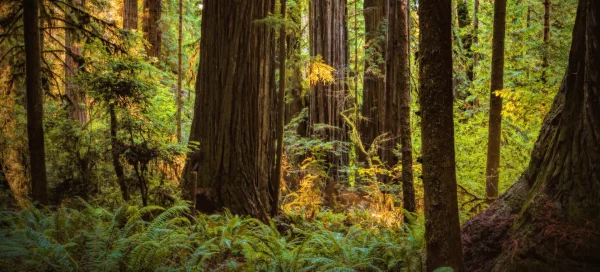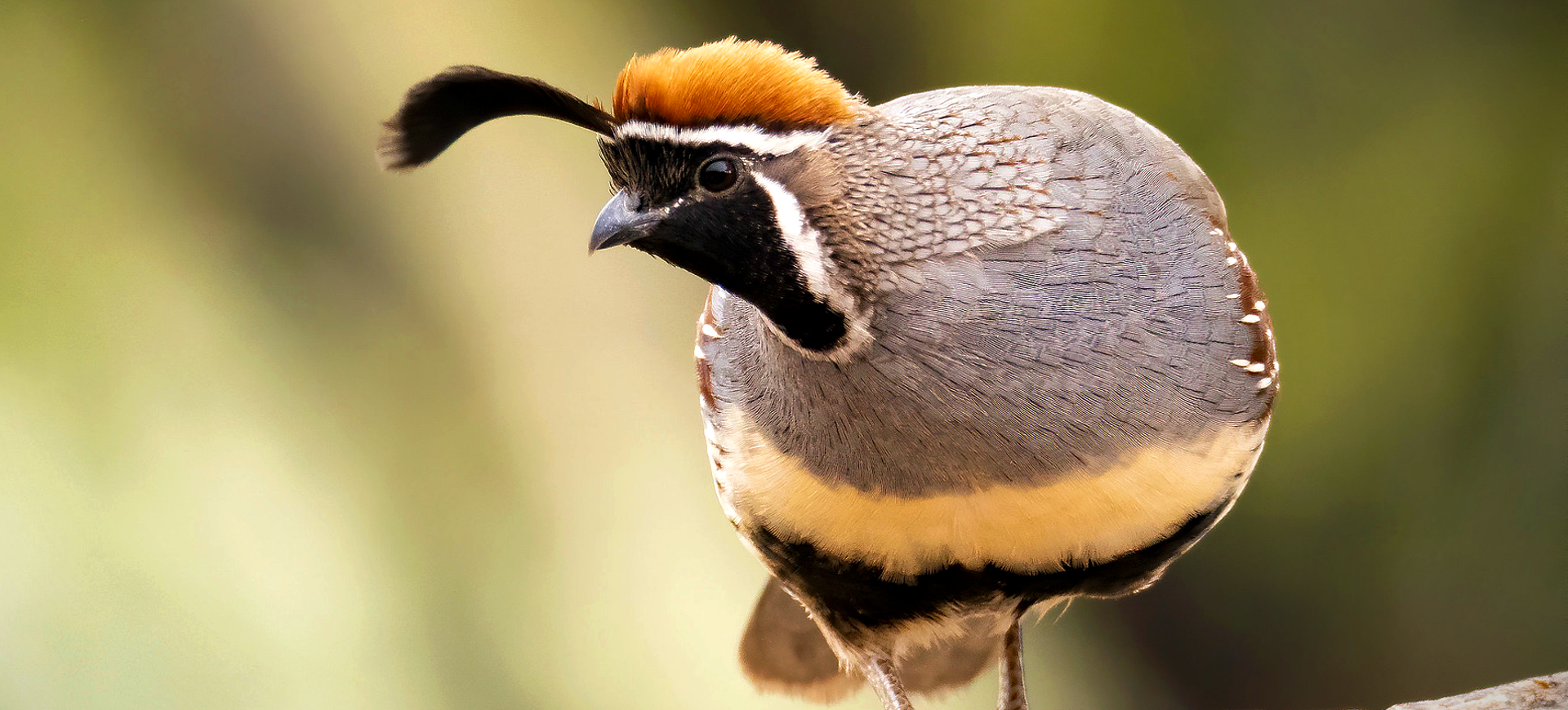Overview
The Northern Bobwhite, known scientifically as Colinus virginianus, is a small ground-dwelling bird native to North America. It is easily recognized by its rounded body, short tail, and distinctive call that sounds like “bob-white.” Males are particularly striking with their white throat and eye stripes, which contrast sharply against their brown and gray plumage, while females are more subdued in coloration, primarily brown with a lighter brown throat and eye stripe. These birds are highly adaptable, inhabiting various environments, from wooded areas to open fields and farmlands, making them a common subject of hunting and birdwatching.
The Northern Bobwhite plays a significant role in its ecosystem as a seed disperser and prey for larger animals. Its diet primarily consists of seeds, grains, and insects, making it important for controlling insect populations and facilitating plant growth. The Northern Bobwhite is a ground nester who prefers dense cover to protect against predators. The conservation status of the Northern Bobwhite has been of concern due to habitat loss, predation, and other factors, leading to a decline in its population across much of its range.
Efforts to conserve the Northern Bobwhite focus on habitat restoration and management, including creating buffer strips along agricultural fields, controlled burning, and establishing native grasslands. These measures aim to provide the birds with the necessary cover and food resources to support their lifecycle. The Northern Bobwhite’s distinct call and presence in diverse habitats make it an integral part of the American countryside, symbolizing nature’s wild and untamed aspects.
Taxonomy
Kingdom
Phylum
Class
Order
Family
Genus
Species
Sub Species
Type
Physical Description:
The Northern Bobwhite is a compact bird with a distinctive appearance that varies slightly between males and females. Males are easily identified by their striking white and black markings around the head, notably around the throat and eyes, which stand out against their overall brown, black, and white mottled plumage. This contrast is not as pronounced in females, who display a more subdued color scheme of brown and tan in the same areas, blending more seamlessly with their surroundings.
Both genders share a common pattern of brown, black, and white across their bodies, which acts as an effective camouflage within their natural habitats. Northern Bobwhites have stout bodies and short tails despite their small size, making them particularly skilled at navigating through dense underbrush. This physical adaptability allows them to forage efficiently on the ground while remaining concealed from predators.

Lifespan: Wild: ~2 Years || Captivity: ~5 Years

Weight: Male: 6-7 ounces (170-198 g) || Female: 5.8-6.7 ounces (164-190 g)

Length: Male & Female: 9-11 inches (23-28 cm)

Height: Male & Female: 6-7 inches (15-18 cm)

Wingspan: Male & Female: 13-16 inches (33-41 cm)

Top Speed: 20 mph (32 km/h)
Characteristic:
Native Habitat:
The Northern Bobwhite, with its wide range across the United States, Mexico, and the Caribbean, showcases a remarkable adaptability to diverse habitats. This bird flourishes in environments that include grasslands, agricultural lands, open pine forests, and the edges of wooded areas, offering a rich mosaic of food sources and shelter. Their preference for areas that combine thickets, grasslands, and crops stems from the need for both adequate cover from predators and a varied diet to sustain their omnivorous feeding habits. Such habitats support their nesting requirements and provide ample foraging opportunities, making them a common sight in these regions.
This species’ ability to thrive in various environmental conditions, from the temperate climes of southern Canada to the warmer ecosystems along the Gulf of Mexico, is a testament to its resilience and ecological versatility. The Northern Bobwhite’s presence in such a wide range of locations underscores the importance of diverse habitat conservation to support species that rely on different ecological zones. Their adaptability helps them play a crucial role in their ecosystems, contributing to the balance of plant and insect populations through their feeding and nesting behaviors.
Climate Zones:
Biomes:
Biogeographical Realms:
Continents:
Countries:
Diet:
Diet & Feeding Habits:
The Northern Bobwhite’s diet is predominantly composed of seeds and grains, forming the staple of their nutritional intake throughout the year. However, they exhibit a flexible dietary habit by incorporating a significant amount of insects into their diet, especially during the breeding season when the demand for protein increases to support egg production and the growth of their young. This omnivorous diet not only plays a crucial role in controlling insect populations but also aids in dispersing seeds, thereby facilitating the propagation of various plant species that contribute to the biodiversity of their habitats.
When foraging, Northern Bobwhites typically move in small groups, or coveys, employing a method of scratching at the soil to uncover their food. This social foraging behavior enhances their efficiency in finding food while providing safety in numbers against predators. As the seasons change and winter arrives, the availability of insects diminishes, prompting a dietary shift more heavily toward seeds and grains. This seasonal adaptation in their diet ensures their survival during the colder months when insects are less accessible, demonstrating the species’ remarkable adaptability to their environment.
Mating Behavior:
Mating Description:
During the breeding season, Northern Bobwhites generally form monogamous pairs, although instances of polygamous relationships, where a male mates with multiple females, have been documented. The courtship process is marked by various vocalizations and physical displays, with the male’s distinctive “bob-white” call as a primary method of attracting a mate. This call facilitates the formation of breeding pairs and reinforces territorial boundaries among competing males. The males’ elaborate behaviors, including strutting and fluffing of feathers, play a crucial role in the mating ritual, showcasing their vitality and suitability as partners to the females.
Nesting for the Northern Bobwhite occurs in well-concealed locations on the ground, typically in dense vegetation to protect against predators. Females are responsible for laying a sizable clutch of 12-16 eggs, which they incubate for approximately 23 days until hatching. The resulting chicks exhibit precocial characteristics, emerging from the eggs fully feathered and capable of walking and feeding themselves shortly after birth. This early independence is critical for their survival, as it allows the young bobwhites to quickly follow their mother and learn essential skills for foraging and evading predators within the complex ecosystems they inhabit.
Reproduction Season:
Birth Type:
Pregnancy Duration:
Female Name:
Male Name:
Baby Name:
Social Structure Description:
Northern Bobwhites exhibit highly social behavior, particularly in forming coveys, including up to 20 individuals during the non-breeding season. These social units play a critical role in the birds’ survival strategies, offering enhanced protection against predators through the safety-in-numbers approach. Additionally, being part of a covey aids in efficiently locating food resources as the birds forage together, sharing information about feeding sites. The internal dynamics of these groups are structured with a clear hierarchy that dictates the pecking order for feeding and the selection of roosting spots, showcasing a complex social organization within these communal gatherings.
With the onset of the breeding season, the cohesive structure of the covey temporarily dissolves, allowing for the formation of mating pairs that separate to nest and raise their young. This shift from a communal to a more solitary existence underscores the Northern Bobwhite’s remarkable adaptability and ability to switch social modes in response to reproductive needs. Once the breeding season concludes and autumn approaches, these individual pairs and their offspring regroup into coveys, re-establishing the social bonds that had been momentarily set aside. This cyclical pattern of disbanding and reforming coveys highlights not only the social flexibility of the Northern Bobwhite but also the inherent cohesion and resilience of these groups, ensuring the species’ continued survival through changing seasons.
Groups:
Conservation Status:
Population Trend:
Over recent decades, the Northern Bobwhite population has faced a troubling decline, primarily driven by the loss of their natural habitats. Intensive agricultural practices have not only reduced the areas available for nesting but have also affected the quality of the remaining habitats, making them less suitable for the species’ survival. The widespread use of pesticides further exacerbates the situation by diminishing the abundance of insects that form a crucial part of the Northern Bobwhite’s diet, especially during the breeding season when the nutritional demand is highest. These environmental pressures have led to a stark reduction in their numbers, highlighting the urgent need for concerted conservation efforts to halt and reverse the trend of population decline.
In response to these challenges, targeted conservation initiatives aimed at habitat restoration and sustainable land management have begun to yield positive results in certain areas. These efforts include the implementation of practices such as controlled burning, the establishment of native grasslands, and the creation of buffer zones around agricultural fields, all designed to enhance the natural environment for the Northern Bobwhite. Such localized projects have demonstrated the species’ remarkable ability to recover, showcasing their inherent resilience when provided with the appropriate support. These successes serve as a beacon of hope, underscoring the importance of continued and expanded conservation measures to secure the future of the Northern Bobwhite across its traditional range.
Population Threats:
The loss of habitat stands as the foremost challenge faced by the Northern Bobwhite, a consequence of the relentless march of agricultural expansion, urban sprawl, and certain forestry practices. These activities not only strip away the diverse landscapes that bobwhites depend on for shelter and breeding but also fragment the contiguous tracts of land into smaller, isolated patches, further diminishing their chances for survival. Additionally, the widespread application of pesticides across agricultural lands plays a detrimental role, not only by reducing the availability of insects, which are an essential component of the Northern Bobwhite’s diet but also by introducing harmful chemicals into their environment, which can directly harm the birds through poisoning and indirectly by disrupting their food chain.
Compounding these challenges, climate change poses an emerging and accelerating threat to the Northern Bobwhite’s habitat and food sources. The shifting climate patterns and more frequent extreme weather events can lead to alterations in the ecosystems where bobwhites thrive, affecting the availability of suitable nesting sites and the abundance of food. Moreover, predation, a natural ecological pressure, becomes more pronounced in fragmented and degraded habitats where nests and young birds are more vulnerable to wild predators and domestic animals. These interconnected threats underscore the urgency for comprehensive conservation strategies that address habitat restoration, sustainable land use practices, and climate resilience to safeguard the Northern Bobwhite populations into the future.
Conservation Efforts:
Conservation initiatives targeting the Northern Bobwhite have strongly emphasized the restoration and effective management of their natural habitats. Through controlled burns, conservationists can mimic the natural fire regimes that maintain the open understory and ground cover crucial for the bobwhite’s survival, promoting the growth of native plants that provide food and shelter. Creating buffer zones around agricultural fields is another key strategy, offering a refuge for bobwhites on the edges of cultivated lands. Additionally, the planting of native vegetation helps to rebuild the diverse ecosystems that these birds call home. These concerted efforts require the collaboration of various stakeholders, including farmers who adopt wildlife-friendly farming practices, hunters who respect sustainable hunting limits, and conservationists who guide these efforts with their expertise.
Beyond the physical restoration of habitats, the success of conservation efforts for the Northern Bobwhite also heavily relies on the support of educational programs and ongoing research. These programs encourage community involvement in conservation by raising awareness among the public and landowners about the importance of habitat conservation. Research into bobwhite ecology provides critical insights into their habitat requirements, breeding habits, and challenges, informing more effective management practices and policies. This scientific understanding enables conservationists to tailor their strategies to the specific needs of the bobwhite population, ensuring that efforts are both efficient and impactful. Through these combined efforts, there is hope for stabilizing and eventually increasing the numbers of this iconic bird species.
Additional Resources:
Fun Facts
- The “bob-white” call is not only a mating call but also serves to reassemble coveys if they become scattered.
- Northern Bobwhites can have more than one brood per year, especially in the southern parts of their range.
- They are a popular game bird, with hunting managed to prevent overharvesting and support population health.
- Despite their small size, bobwhites can fly up to 20 mph when startled.
- Their nests are simple scrapes on the ground, lined with grass and leaves, often hidden under a shrub or a clump of grass.
- Bobwhites are capable of short bursts of rapid flight but prefer running to escape predators.
- The species has been introduced to areas outside its native range for hunting purposes.
- Northern Bobwhites play an important role in their ecosystem as prey and predators.
- The coloration and pattern of their feathers provide excellent camouflage in their natural habitat.
- Conservation programs for the Northern Bobwhite often involve collaboration between hunters, farmers, and conservationists to enhance habitat quality.

